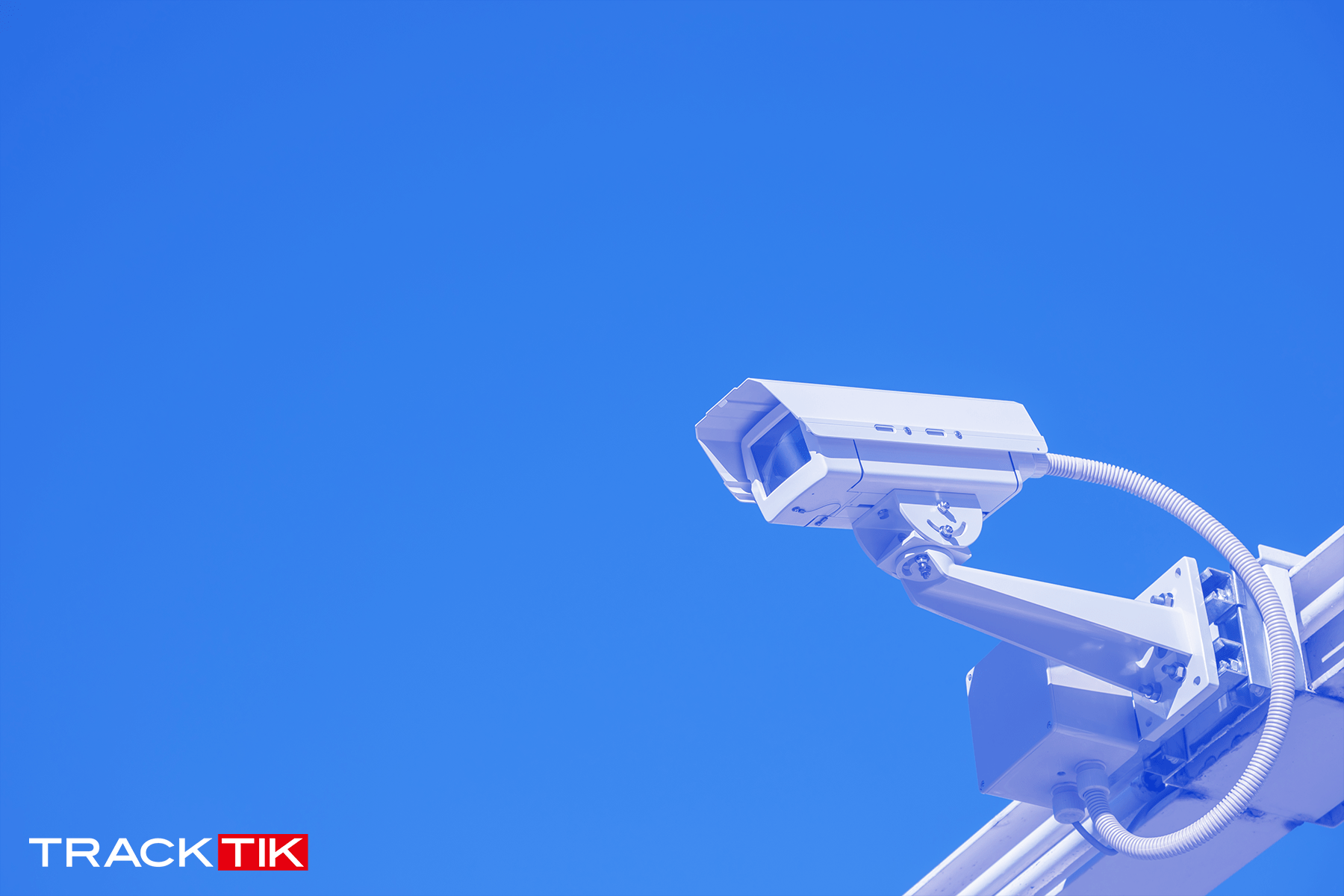Yet some security organizations are still using error-prone pen and paper to track time, and manual scheduling processes, which dramatically limits their ability to focus on mitigating these threats. But change is hard, especially when maintaining the status quo is easier than getting an organization to adopt new processes and security tools. But to compete against the increasingly smaller number of big players in the security industry, security businesses should focus on enhancing existing operations with new technology that can identify, assess, monitor, detect, and manage security threats, sometimes even before they occur.
When it comes to physical security, security organizations can choose to be proactive or reactive. They can choose to be proactive and use preventative measures to prevent major incidents from occurring, or they may decide to be reactive and respond to incidents after they occur.
Proactive security means that an organization anticipates potential incidents such as fire, theft, or vandalism and takes preventative measures to reduce the likelihood of these types of incidents from occurring. A few examples of visible deterrents to thieves or vandals include installing video cameras, signs, locked gates, protective fencing, password-protected doors, and using patrolling guards.
Reactive security means that an organization has experienced incidents in the past and then assesses the damage and installs systems to prevent that threat from reoccurring. 24-hour monitoring is an example of reactive security whereby the organization installs security cameras to provide video surveillance of an area that may have been a target of theft or vandalism, such as an unsecured parking lot, an unlit doorway, or an unlocked door. To address these issues, the previously targeted areas are now monitored by a security guard via a live video feed, who will then take action if an incident occurs.
Over the past year, much technology-based innovation aimed at transforming the security industry. This means that more security companies, especially smaller to mid-size companies, should start looking at offering technology-based solutions alongside traditional guarding services.
In the security business, not having a technology play can be viewed as a clear competitive disadvantage. Remote monitoring, advanced analytics, real-time communication channels, facial recognition software, touchless access systems like self-opening doors, temperature-sensing (or thermal) cameras, and security robots and drones are all good examples of technology that can help security professionals perform tasks as part of their daily routines.
Remote Monitoring
Security workforce management software solutions can collect data from smart devices, security devices, and information systems (images and video, access control logs, and other data sources) and send that data wirelessly to a single dashboard that security managers, administrators, and staff can use to detect, monitor, and respond to potential security incidents. The ability to deliver a centralized view helps organizations rapidly respond to specific incidents and mitigate security risks in real-time. For example, if monitoring reveals an imminent threat to a nearby location, the security team, through real-time communications, can better prepare to mitigate the danger. Without these capabilities, security teams may be unaware of potential threats or incidents and put the entire team at risk.
Advanced Video Analytics
Today more and more cameras offer sophisticated built-in analytics. Facial recognition software has also improved. Security firms, especially those protecting complex environments, rely on analytics to track what’s happening and spot trends. Ongoing research and development in artificial intelligence (AI), machine learning (ML), and emerging technologies such as wearables will help finetune this technology.
Real-Time Communication
Real-time communication capabilities through handheld devices that immediately update and notify security teams of changes allow them to make adjustments quickly. Introducing these capabilities also enables the organization to identify potential threats and keep the entire security team connected. By connecting technology across the system, team members can know about security incidents or potential vulnerabilities in real-time.
Touchless Technology
Even before the pandemic caused a rise in interest for technology by which processes or procedures are performed with minimal human assistance, interest in contactless technology was high. An example of touchless technology is self-opening doors combined with automated customer counting and flow control which provides businesses with access control using a seamless, trusted, and reliable physical identity solution so that security is almost invisible. If you are authenticated, you can simply walk up to the door, and the door is unlocked for you.
Temperature Sensing Cameras
Temperature sensing cameras take pictures from heat, capture infrared energy, and create images through digital or analog video outputs. Temperature sensing cameras were originally developed for surveillance and covert military operations but are now used for building inspections, firefighting, and more recently for skin temperature screening in the healthcare industry as a direct result of the pandemic.
Security Robots & Drones
Robot and drone guarding are becoming more commonplace, especially in locations where security can be challenging due to logistics or cost reasons. Utility plants, for example, are often located in remote areas that require round-the-clock protection. There are also other clients with ever-changing security and surveillance needs. For these types of clients, security robots can provide perimeter intrusion detection and integration with existing security workforce management solutions.
As the security industry marks the midway of 2021, new technologies continue to be developed and deployed in response to our changing environment. Security organizations should better understand these technologies and use them strategically to augment or enhance existing security operations. Refusing to fully embrace new tech could put a security business at a disadvantage.
